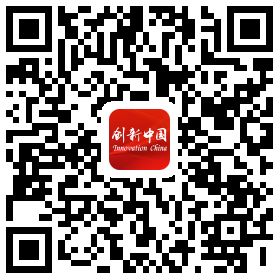
友情链接
- Copyright © Science and Technology Daily, All Rights Reserved
- 科技日报社中国科技网 版权所有
- 京ICP备06005116号
- 违法和不良信息举报电话:010-58884065
- 京公网安备 110402500060
The 20th Central Committee of the Communist Party of China concluded its third plenary session on July 18, further deepening reform comprehensively to advance Chinese modernization.
Being excluded from U.S.-led missions has not discouraged Chinese space scientists.
As global tourists flock to China, a great many of them are posting videos on their firsthand experience of Chinese culture, transportation and technological advancements on video-sharing social media platforms YouTube and TikTok, and the number of these videos is mounting.
China has made new progress in sci-tech opening-up and cooperation with the rest of the world.
Instead of provoking an arms race, forging international cooperation on the moon and other space explorations is the right path for global sustainable development.
Running from June 25 to 27 and themed "Next Frontiers for Growth," the 2024 Summer Davos gathered more than 1,700 representatives.
Imposing tariffs might buy some time but will not solve European car manufacturers' challenges.
Science and technology capabilities of China have become globally influential over the past decades thanks to the unremitting efforts of generations of scientists and the enduring spirit that they passed down.
With the rapid rise of international publication volume, more Chinese reviewers are needed to match China's increasingly important contributions to international publications."Inviting expert reviewers to participate in the peer review process is inevitable if journal editors want to make informed publishing decisions," Matteo Cavalleri, publisher, Strategy & Portfolio Development, AIP Publishing, told Science and Technology Daily.
China and Central Asian countries are promoting high-quality joint construction of the BRI.
This year's Desertification and Drought Day on June 17 focused on the future of land stewardship.
On June 22, the Sino-French satellite Space Variable Objects Monitor (SVOM) was successfully launched. Earlier, on May 3, China's Chang'e-6 lunar probe carried France's Detection of Outgassing RadoN to the moon, marking the first collaboration between the two countries in lunar exploration and France's debut in a lunar landing project. This year also celebrates the 60th anniversary of diplomatic relations between China and France, highlighting their longstanding cooperation in space.
The 20th Central Committee of the Communist Party of China concluded its third plenary session on July 18, further deepening reform comprehensively to advance Chinese modernization.